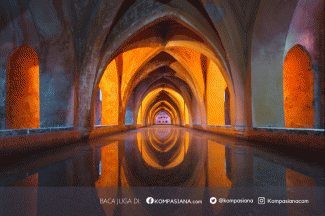In recent news, the Greneng Reservoir project is making waves with its promising financial feasibility, hinting at a future as a bustling tourism hotspot. However, beneath the surface, a crucial piece is missing -- a comprehensive plan that considers operational and maintenance costs. This article dives into the financial landscape, shedding light on the need for an all-encompassing strategy for sustainable success.
Financial Feasibility in a Nutshell:
Investment Outlook:
- The proposed investment for Greneng Reservoir development is a substantial Rp 46,164,600,000.
- Annual revenue is expected to reach Rp 6,669,000,000, guided by a 12% interest rate over a 50-year feasibility period.
Sensitivity Analysis Snapshot:
- Positive Net Present Value (NPV) in the 50th year signals project acceptance.
- An Internal Rate of Return (IRR) at 13.23% surpasses the 12% threshold, marking the project's acceptance.
- A solid Benefit-Cost Ratio (BCR) of 1.31697 makes the investment viable.
The financial journey hints at a lucrative future for Greneng Reservoir. However, a vital reminder is in order -- these conclusions are financial-centric. To ensure holistic success, a more comprehensive approach beckons.
The Call for Comprehensive Planning: While financial viability grabs headlines, the incomplete feasibility study unveils a missing link. Operational and maintenance costs, essential for any tourism destination, are yet to find their place in the assessment. These factors are linchpins for sustainable growth and long-term prosperity.
The Road Ahead for Greneng Reservoir:
Operational and Maintenance Navigation:
- A detailed analysis of operational and maintenance costs becomes imperative for a holistic view of the project's feasibility.
- Integrating these costs into the assessment ensures well-informed decisions and secures the project's long-term sustainability.
Stakeholder Synchrony:
- Engaging with local communities, government bodies, and environmental organizations is paramount. Collaboration not only garners support but also addresses concerns proactively.
